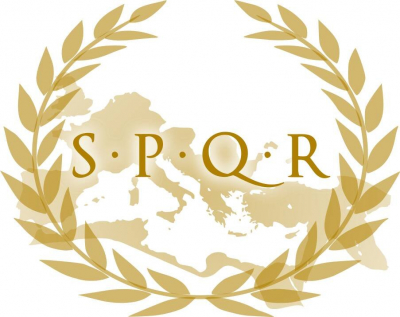The EastWest Schism (also known as the Great Schism or Schism of 1054) is the break of communion since 1054 between the Roman Catholic and Eastern Orthodox churches. Immediately following the schism, it is estimated that Eastern Christianity comprised a slim majority of Christians worldwide, with the majority of remaining Christians being Western. The schism was the culmination of theological and political differences which had developed during the preceding centuries between Eastern and Western Christianity.
A succession of ecclesiastical differences and theological disputes between the Greek East and Latin West preceded the formal split that occurred in 1054. Prominent among these were: the procession of the Holy Spirit (Filioque), whether leavened or unleavened bread should be used in the Eucharist, the bishop of Rome's claim to universal jurisdiction, and the place of the See of Constantinople in relation to the pentarchy.In 1053, the first action was taken that would lead to a formal schism: The Greek churches in southern Italy were forced to conform to Latin practices and, if any of them did not, they were forced to close. In retaliation, Patriarch Michael I Cerularius of Constantinople ordered the closure of all Latin churches in Constantinople. In 1054, the papal legate sent by Leo IX travelled to Constantinople for purposes that included refusing Cerularius the title of "ecumenical patriarch" and insisting that he recognize the pope's claim to be the head of all of the churches. The main purposes of the papal legation were to seek help from the Byzantine emperor, Constantine IX Monomachos, in view of the Norman conquest of southern Italy, and deal with recent attacks by Leo of Ohrid against the use of unleavened bread and other Western customs, attacks that had the support of Cerularius. The historian Axel Bayer says the legation was sent in response to two letters, one from the emperor seeking assistance in arranging a common military campaign by the eastern and western empires against the Normans, and the other from Cerularius. On the refusal of Cerularius to accept the demand, the leader of the legation, Cardinal Humbert of Silva Candida, O.S.B., excommunicated him, and in return Cerularius excommunicated Humbert and the other legates. According to Ware, "Even after 1054 friendly relations between East and West continued. The two parts of Christendom were not yet conscious of a great gulf of separation between them. The dispute remained something of which ordinary Christians in East and West were largely unaware".The validity of the Western legates' act is doubtful because Pope Leo had died and Cerularius' excommunication only applied to the legates personally. Still, the Church split along doctrinal, theological, linguistic, political, and geographical lines, and the fundamental breach has never been healed, with each side sometimes accusing the other of falling into heresy and initiating the division. The Latin-led Crusades, the Massacre of the Latins in 1182, the West's retaliation in the Sacking of Thessalonica in 1185, the capture and pillaging of Constantinople during the Fourth Crusade in 1204, and the imposition of Latin patriarchs made reconciliation more difficult. Establishing Latin hierarchies in the Crusader states meant that there were two rival claimants to each of the patriarchal sees of Antioch, Constantinople, and Jerusalem, making the existence of schism clear. Several attempts at reconciliation did not bear fruit.
In 1965, Pope Paul VI and Ecumenical Patriarch Athenagoras I nullified the anathemas of 1054, although this nullification of measures which were taken against a few individuals was essentially a goodwill gesture and did not constitute any sort of reunion. The absence of full communion between the churches is even explicitly mentioned when the Code of Canon Law accords Catholic ministers permission to administer the sacraments of penance, the Eucharist and the anointing of the sick to spontaneously requesting members of eastern churches such as the Eastern Orthodox Church (as well as the Oriental Orthodox churches and the Church of the East) and members of western churches such as the Old Catholic Church. Contacts between the two sides continue. Every year a delegation from each joins in the other's celebration of its patronal feast, Saints Peter and Paul (29 June) for Rome and Saint Andrew (30 November) for Constantinople, and there have been several visits by the head of each to the other. The efforts of the ecumenical patriarchs towards reconciliation with the Catholic Church have often been the target of sharp criticism from some fellow Orthodox.
A legatus (anglicised as legate) was a high-ranking Roman military officer in the Roman Army, equivalent to a modern high-ranking general officer. Initially used to delegate power, the term became formalised under Augustus as the officer in command of a legion.
From the times of the Roman Republic, legates received large shares of the military's rewards at the end of a successful campaign. This made the position a lucrative one, so it could often attract even distinguished consuls or other high-ranking political figures within Roman politics (e.g., the consul Lucius Julius Caesar volunteered late in the Gallic Wars as a legate under his first cousin, Gaius Julius Caesar).

 English
English  español
español  français
français  português
português  русский
русский  العربية
العربية  简体中文
简体中文 
